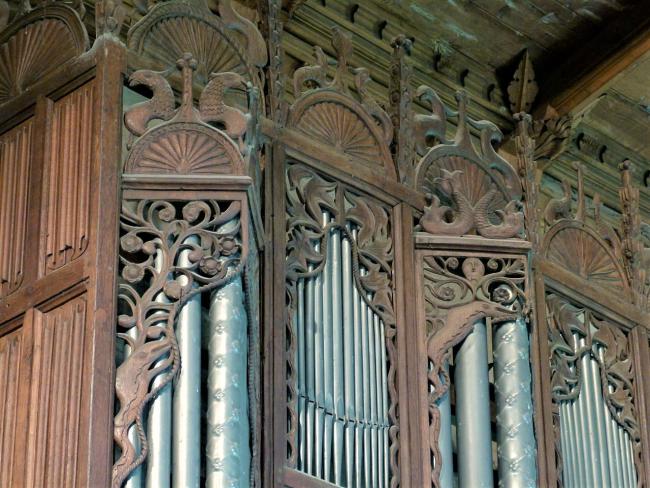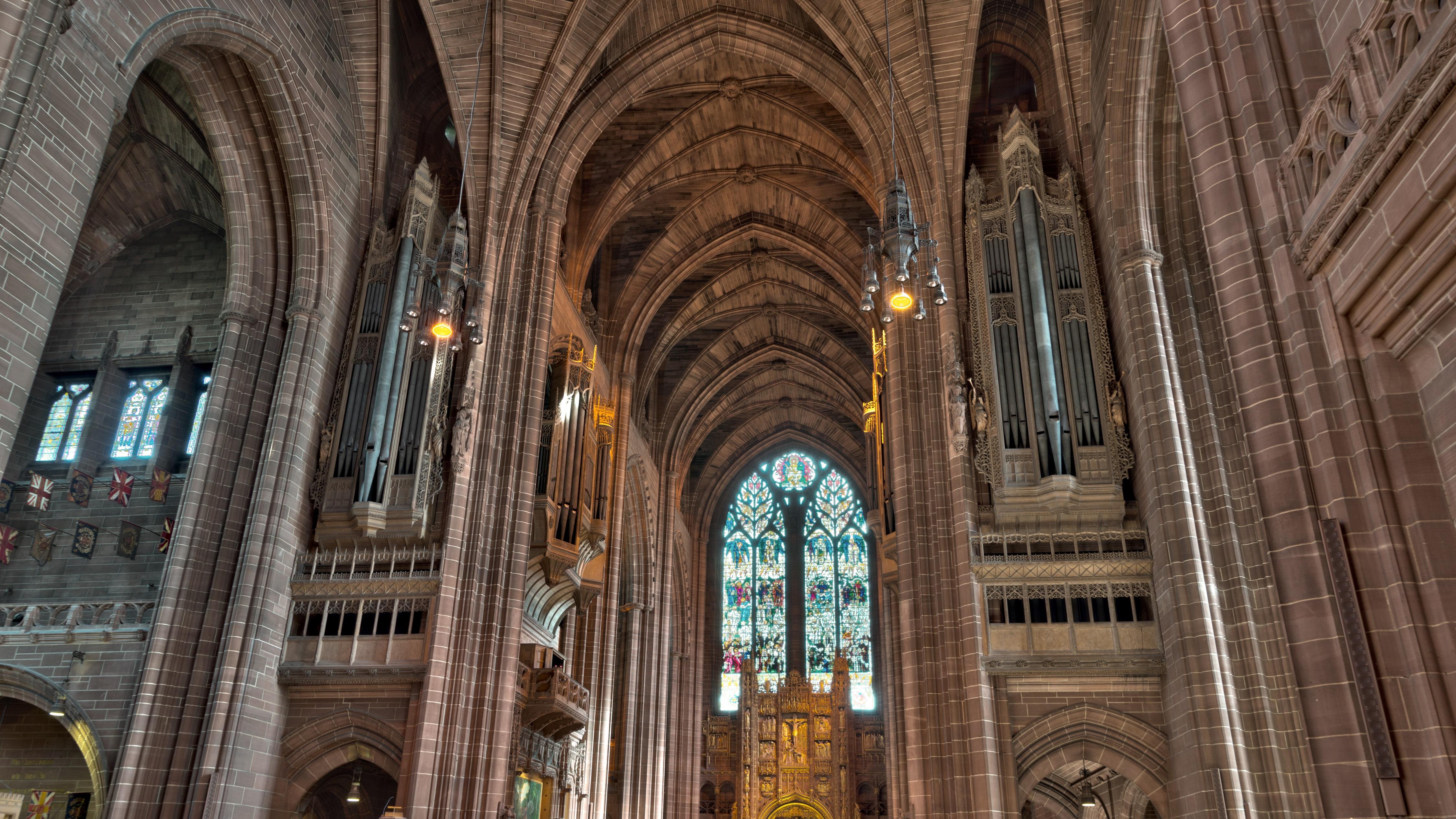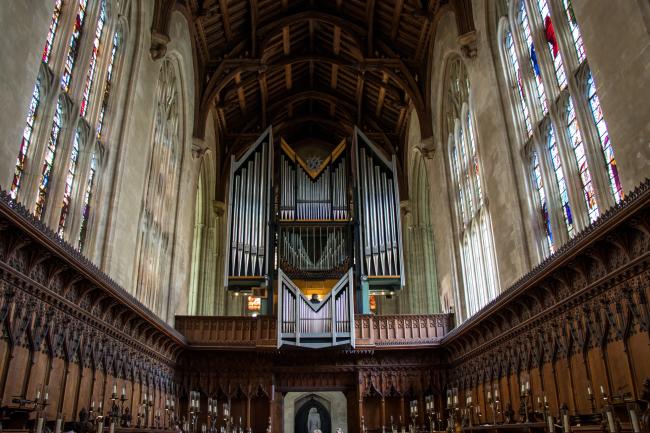The king of instruments
by John Norman, The British Institute of Organ Studies
Mozart called it ‘the King of Instruments’.
Although originally invented about 250 BC, the first use of the organ in Christian worship is not recorded. However, it is much more difficult for a large choir to sing unaccompanied than for a small one and there is documentary evidence of an organ in Winchester Cathedral before the Norman Conquest.
Sadly, over 2,000 organs were destroyed when church interiors were cleansed of ‘popery’ by the Puritans in the 16th century. A second disaster occurred when Oliver Cromwell’s parliament issued an ordinance ‘for the speedy demolishing of all organs’. As a result the great majority of church organs today date from the second half of the 19th century.
The organ commands both the widest range of pitch of all instruments and also the widest range between loud and soft. Because the organ enables the player to make many sounds simultaneously, it is also one of the most complex instruments to play. It is able to produce sound continuously without dying away (as in a piano), pausing for breath (as in a flute), or the bow having to be reversed (as in a violin).
The organ is usually the largest item of furniture in a church. Some have been a focus for the decorative arts. It also excites a strong historical interest, since it is more long lived than most portable instruments, with its design changing considerably over the centuries.










